Why the 2018 College Football Coaching Cycle Was a Flaming Disaster
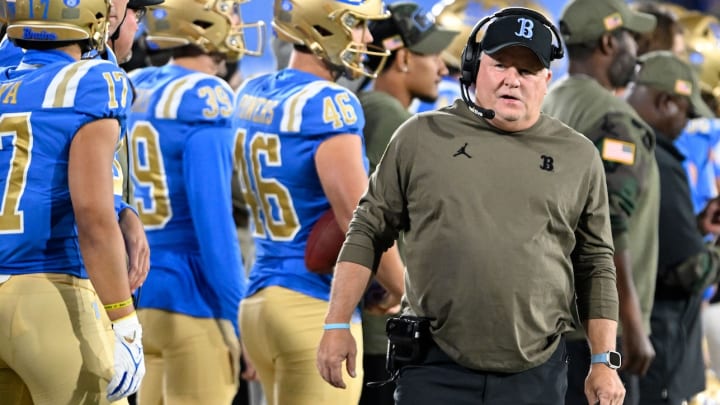
The 2018 college football coach hiring cycle was a momentous one. Twenty-one jobs changed hands, including 13 at the power-conference level and five at programs that had won national championships or played for one within the previous 20 years.
Six seasons later, all that remains of those hires is a smoking crater and massive sums of wasted money. The contracts, the buyouts, the search-firm payments, the staff expansions—this was a flaming disaster. King Football engaged in a collective misevaluation and mismanagement of the highest order.
Exactly one of the 21 coaches remains in place at the university that hired him in 2018: Mike Bloomgren at Rice. His continued employment is more a testament to the prestigious academic school’s view of football than anything else—Bloomgren’s record in six seasons is 22–46, with zero winning seasons.
Yes, a guy who is 24 games below .500 is the last man standing in his same job from the hiring class of 2018.
Thirteen of the other 20 were fired or forced out. Some of those who were fired had authored arguably the greatest seasons in the history of their previous schools, but couldn’t come close to replicating that magic in a new place.
The other seven left on their own to take other jobs—most recently Chip Kelly, who last week took a clear and stunning step down from head coach at UCLA to offensive coordinator with the Ohio State Buckeyes. Six got upgrades or at least made lateral moves.
So, what happened? A lot.
Start with a life-altering pandemic, which in some cases derailed forward progress and in other cases exposed weaknesses. That was a career challenge nobody could have prepared for.
Then the job description changed drastically. Name, image and likeness compensation became the coin of the realm. The transfer portal went into overdrive with one-time transfer immediate eligibility reshaping rosters—and then waivers for multi-time transfers were granted left and right. Realignment shook the landscape, elevating some jobs and diminishing others.
Major NCAA infractions cases took out two head coaches. Losing took out many more. Winning records were rare. There were bizarre turning points: tenure-altering personal fouls for pretending to urinate like a dog during the Egg Bowl or throwing an opponent’s shoe. The 2018 hiring class coached through arguably the most tumultuous period in college sports history and has the scars to show for it.
Here’s a brief look at the individual churn from what has to be one of the worst hiring classes in college football history.
The terminations
Scott Frost, Nebraska Cornhuskers
Immediate reaction: This was heralded as a grand slam hire—Frost coming off a 13–0 season with the Central Florida Knights and going home to revive the dormant Cornhuskers, turning down other overtures along the way. How it worked out: Frost went 16–31 and was fired three games into his fifth season, never producing a winning record. High point, as it were: the Huskers were 4–2 at the midpoint of Frost’s second season (2019) before fading to a 5–7 record. Aftermath: Nebraska hired Matt Rhule, who went 5–7 in his first season in ’23. It will probably get better under Rhule, but it hasn’t yet.
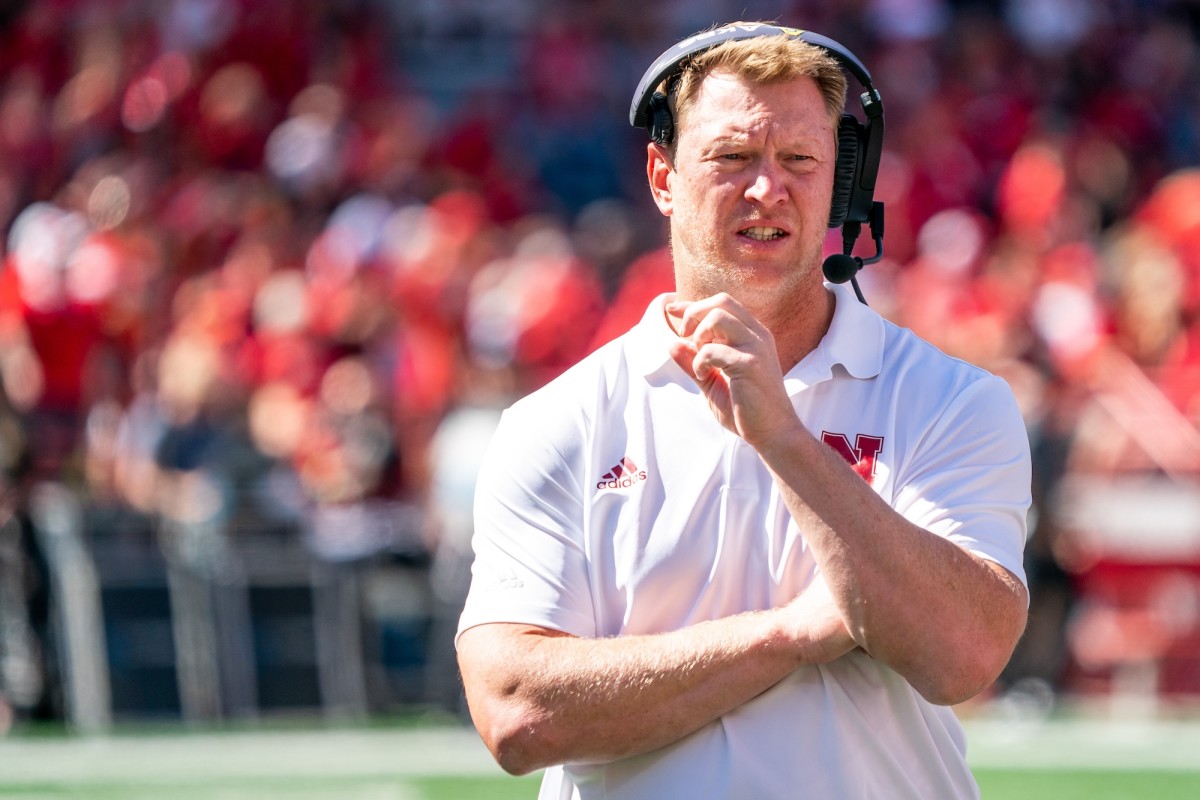
Dan Mullen, Florida Gators
Immediate reaction: Mullen was not first on Florida’s list, but was still lauded as a quality hire after excelling in a much more difficult SEC locale, Mississippi State. Mullen went 69–46 in Starkville, Miss., including a 10–3 season in 2014. That team earned a historical footnote by being the first No. 1 in the College Football Playoff selection Top 25, starting the season 9–0. He also had history at Florida, having been Urban Meyer’s offensive coordinator. How it worked out: Mullen’s tenure might have been as much a victim of the pandemic as anyone’s. He was 21–5 in his first two seasons, then started 8–1 in ’20 before a playoff-busting upset loss to the LSU Tigers triggered a three-game losing streak. Florida was 5–6 in ’21 when the plug was pulled, the end coming on losses to the South Carolina Gamecocks and Missouri Tigers sandwiched around a 70–52 win over the FCS Samford Bulldogs that Mullen weirdly tried to spin as a triumph. High point, as it were: Thumping the Georgia Bulldogs in mid-2020 to take control of the SEC East. Then a thrown cleat against the Tigers somehow altered the course. Aftermath: Florida hired Billy Napier and the record has gotten worse.
Jimbo Fisher, Texas A&M Aggies
Immediate reaction: Grabbing a national championship coach was seen as a power move by then-AD Scott Woodward, even if he overpaid to do it. This was hailed as a signal that the Aggies were serious about coming after Alabama in the SEC West. Fisher had gone 82–23 with the Florida State Seminoles, and even though the program was declining from its 2013–14 peak, most thought he would be a hit in College Station, Texas. How it worked out: Fisher took a massive amount of A&M’s money, delivering very little in return. In only one of six seasons did he lose fewer than four games. The Aggies never won the SEC West, never made the Playoff and still have never played in the league championship game. High point, as it were: A&M did go 9–1 in the pandemic season of ’20, losing only to the juggernaut Alabama Crimson Tide. That was enough for then-AD Ross Bjork to issue Fisher a recklessly expensive contract extension. Aftermath: The Aggies hired Mike Elko, Fisher’s former defensive coordinator, away from the Duke Blue Devils. Fisher is on the ranch counting his money.
Willie Taggart, Florida State Seminoles
Immediate reaction: Guarded enthusiasm. Taggart had done well at lower levels (the Western Kentucky Hilltoppers and South Florida Bulls), but hadn’t proved much in one season with the Oregon Ducks (7–5, 4–5 in the Pac-12). He was a Florida product who had recruited well in the state, so the belief (hope) was that it would translate up the ladder to Florida State. How it worked out: Disastrously. Taggart was gone in 21 games with a 9–12 record. Fisher had let the program slide, but Taggart made it worse very quickly—he lost his debut to the Virginia Tech Hokies by 21 and his third game to the Syracuse Orange by 23. There was really no recovering from that. High point, as it were: The Seminoles nudged themselves to 3–2 in Taggart’s second season, then lost three of the next four to extinguish hope. Aftermath: FSU hired Mike Norvell, who has done great work restoring the program. Taggart took a rebound gig with the Florida Atlantic Owls and was fired after a 15–18 record in three seasons.
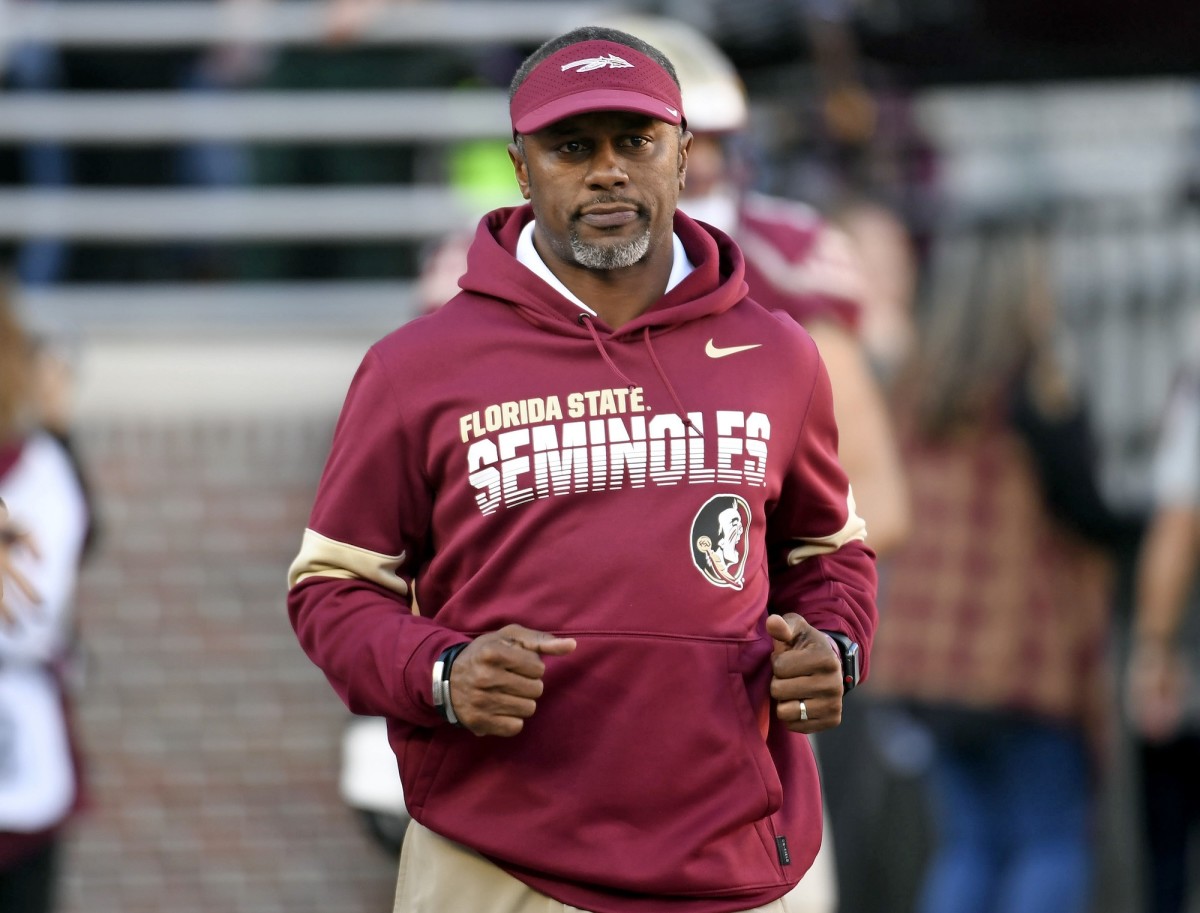
Jeremy Pruitt, Tennessee Volunteers
Immediate reaction: Volunteers fans, drunk with power after a populist uprising resulted in blocking the hire of Greg Schiano and then the firing of athletic director John Currie, proclaimed victory. They were wrong. How it worked out: Selected by figurehead AD Phil Fulmer, the former Nick Saban assistant coach proved very quickly to be in over his head. Tennessee lost six times by 25 points or more in his first season, going 5–7. The Vols went 8–5 the next season, but rampant cheating was kicking in behind the scenes. The combination of losing and 18 Level I violations ended Pruitt’s tenure after just three seasons. With most of his victories vacated, Pruitt’s official career record at Tennessee is 5–19, 2–16 in the SEC. High point, as it were: Coming off an 8–5 second season under Pruitt, the Volunteers started the pandemic year of 2020 2–0, with wins over South Carolina and Missouri. A blowout loss to Georgia then started a six-game losing streak. Aftermath: Tennessee made a good hire by grabbing Josh Heupel from Central Florida; he’s gone 27–12. Pruitt, meanwhile, was hit with a six-year show-cause penalty by the NCAA.
Joe Moorhead, Mississippi State Bulldogs
Immediate reaction: Strange geographic and cultural fit, hiring a coach with a Northeast background to come to Starkville, but Moorhead had excelled as offensive coordinator with the Penn State Nittany Lions. How it worked out: The fit was bad and the leash was short. Moorhead went 14–12 in two seasons replacing the popular Mullen, with the Bulldogs scoring 13 points or fewer seven times. He went 2–0 in the Egg Bowl, but some key people already had soured on him before a 21–20 win in the second meeting with Mississippi. “You’ll have to drag my Yankee ass out of here,” Moorhead declared after that game, which ended with Ole Miss blowing it on Elijah Moore’s infamous, pee-like-a-dog personal foul celebration. State ultimately did drag Moorhead’s Yankee ass out of there after a loss to the Louisville Cardinals in the Music City Bowl—a game quarterback Garrett Shrader missed after suffering an eye injury in a fight during practice, which did not please administrators. High point, as it were: Pummeling Ole Miss 35–3 to reach 8–4 in 2018. Aftermath: Mississippi State hired Mike Leach, who also was two games above .500 in Starkville but beloved. After his untimely death, the school promoted Zach Arnett and promptly fired him after one year, then replaced him with former Oklahoma Sooners OC Jeff Lebby. Meanwhile, Moorhead is entering his third season with the Akron Zips with a 4–20 record.
Chad Morris, Arkansas Razorbacks
Immediate reaction: Hailed as a triumphant hire by a fan base that missed the offensive proficiency of Bobby Petrino, they overlooked the fact that Morris hadn’t proven anything to that point. The best he had done with the SMU Mustangs was 7–5 with zero notable wins after two previous losing seasons. How it worked out: Morris went 4–18, 0–14 in the SEC, with four nonconference losses to Group of 5 opponents. Following a blowout loss at home to Western Kentucky in November 2019, Arkansas had seen enough. High point, as it were: None. Literally nothing of consequence went well. Aftermath: The Razorbacks moved on to Sam Pittman, who quickly improved the product but now has backpedaled onto the hot seat himself. Morris is the wide receivers coach and passing-game coordinator with the Texas State Bobcats.
Herm Edwards, Arizona State Sun Devils
Immediate reaction: Bewilderment. Nobody could figure out how a lifetime NFL player and coach turned ESPN analyst was going to work in college. This was a fast one by athletic director Ray Anderson, a former agent hiring his former client, with insufficient regard for what Edwards didn’t know or care about off-field stuff—like, say, NCAA rules. How it worked out: Surprisingly well for a while, with the Sun Devils going 15–11 in his first two seasons. But momentum was lost during the COVID-19 season, then 2021 played out under the cloud of NCAA investigation with a mass exodus of transfers thereafter. After a loss to the Eastern Michigan Eagles early in ’22, Edwards was fired on the field. His lingering gift to the program: a self-imposed postseason ban for last season and potentially other sanctions still to come. High point, as it were: Behind freshman quarterback Jayden Daniels, ASU started the ’19 season 5–1 and rose to No. 17 in the nation. Aftermath: Daniels went on to win the Heisman Trophy at LSU, Arizona State hired Kenny Dillingham as its new coach and changed conferences. Edwards returned to TV work.
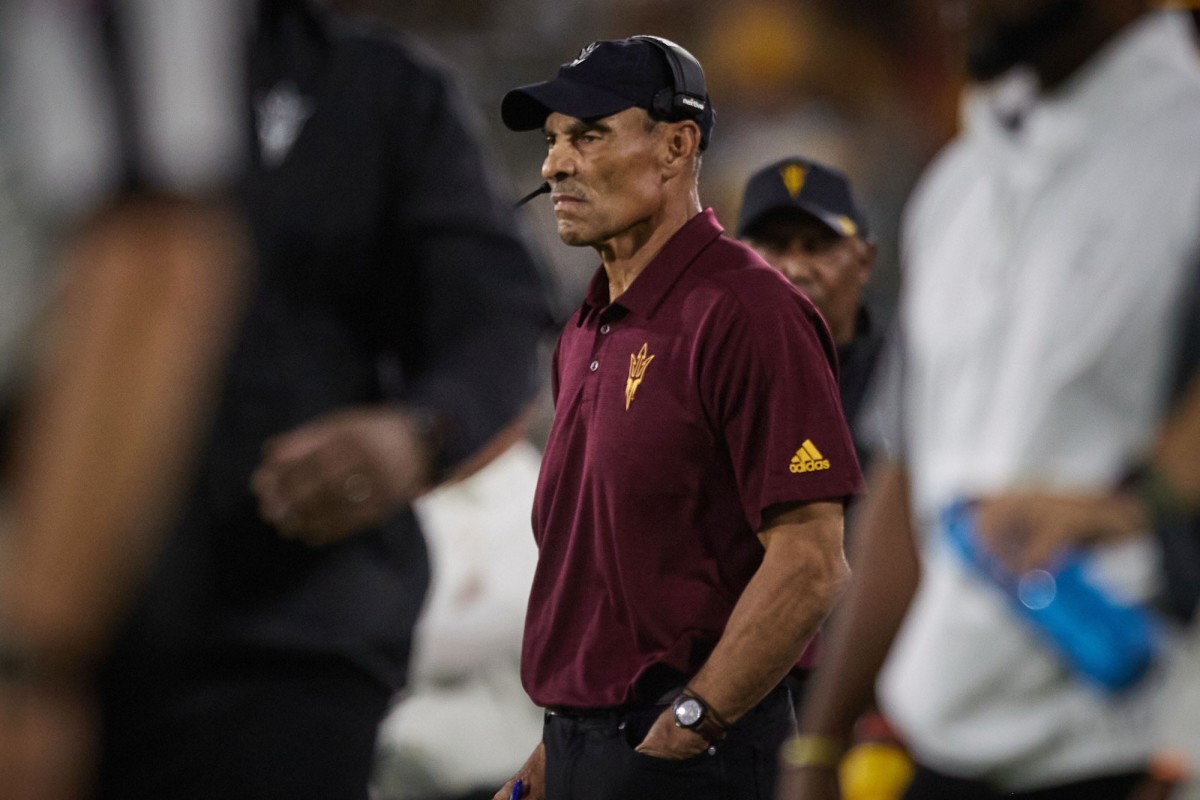
Kevin Sumlin, Arizona Wildcats
Immediate reaction: Wait and see. In Sumlin, Arizona tried to recreate the coach-on-the-rebound dynamic that had worked well with Rich Rodriguez after he busted with the Michigan Wolverines. Sumlin had some success at Texas A&M but had experienced diminishing returns; now he was ready for a second act. How it worked out: Abysmal failure. After five winning seasons out of six with Rodriguez, Sumlin’s best year was his debut 5–7. The Wildcats were 4–8 in year two, with a seven-game losing streak to end the season, then an 0–5 COVID-19 season. Sumlin’s last game was a 70–7 loss to Arizona State and Edwards. High point, as it were: The Wildcats started the 2019 season 4–1, then never won another game under Sumlin. Aftermath: Jedd Fisch arrived, revived the program and skedaddled for the Washington Huskies. Brent Brennan now has been hired from the San Jose State Spartans as Arizona moves into the Big 12.
Matt Luke, Ole Miss Rebels
Immediate reaction: Tepid. Luke was the interim for the 2017 season after Hugh Freeze escort-dialed his way out of the job that summer. Luke went 6–6 but beat a ranked Mississippi State team in the Egg Bowl, and with the school in the throes of an NCAA investigation, he was viewed as someone who could ride out that turbulent period. How it worked out: After going 5–7 and 4–8 the next two seasons, with losses to Moorhead in the Egg Bowl, Luke was fired. His final moment as coach of the Rebels was Moore’s personal foul and subsequent missed extra point. High point, as it were: Beating Mississippi State in 2017, before he was even the full-time coach. Aftermath: The Rebels upgraded to Lane Kiffin. Luke is the new offensive line coach with the Clemson Tigers.
Steve Campbell, South Alabama Jaguars
Immediate reaction: Guarded enthusiasm. Campbell had been a winner at the junior-college, Division II and FCS levels in the South, and this seemed like a logical step up. How it worked out: Poorly. Campbell was 9–26 in three seasons, 6–18 in the Sun Belt Conference. High point, as it were: In the opener of Campbell’s second season, the Jaguars trailed Nebraska only 28–21 heading into the fourth quarter. They lost by a respectable 14. Of course, that flicker of hope for USA was also a warning sign for Nebraska with Frost. Aftermath: USA upgraded under Kane Wommack, but he just left to become a coordinator at Alabama.
Chad Lunsford, Georgia Southern Eagles
Immediate reaction: Lunsford was a comfort hire who took over as interim coach midway through 2017 and was promoted to the full-time job thereafter. How it worked out: Lunsford won games—he had winning records and went to bowl games in all three of his full seasons. But after athletic director Jared Benko arrived in ’20, there were indications heading into the ’21 season that Lunsford was under the microscope. When the Eagles started 1–3, the change was made. High point, as it were: Taking down the No. 20 Appalachian State Mountaineers on the road on Halloween night ’19. Aftermath: Clay Helton, former USC Trojans coach, has gone 12–14 over the past two seasons—worse than Lunsford’s record.
Dana Dimel, UTEP Miners
Immediate reaction: Immediate acceptance of anyone willing to take one of the worst jobs in college football. Dimel had been a head coach with the Wyoming Cowboys (successfully) and Houston Cougars (unsuccessfully) before returning to the assistant ranks at multiple Power 5 schools. How it worked out: About how things do at UTEP. Dimel went 5–27 in his first three seasons, then rose up to 7–6 and a bowl bid, then slid back to 5–7 in 2023. Firing him after consecutive seasons of 12–13 seems unduly harsh. Aftermath: UTEP hired 34-year-old Scotty Walden, previously at the FCS Austin Peay Governors.
The evacuations
Chip Kelly, UCLA Bruins
Immediate reaction: If any 2018 hire were more celebrated than Frost it might have been Kelly, who flirted with Florida before choosing the Bruins. Kelly’s lackluster tenure as an NFL coach didn’t take the shine off his prior run at Oregon, where he went 46–7 and took the Ducks to the ’10 BCS championship game. How it worked out: As noted above, Kelly resigned last week to become offensive coordinator at Ohio State. His UCLA record was 35–34, 26–26 in the Pac-12, never reaching hoped-for heights. Kelly gets out a step ahead of a posse that would have been poised to pounce in ’24 and avoids taking an underfunded program into the Big Ten. Kelly found a blueblood landing spot with his former protégé, Ryan Day, after also exploring NFL coordinator jobs. High point, as it were: The Bruins started the ’22 season 6–0 and got to 8–1 before backing up to 9–4. Aftermath: UCLA elevated running backs coach DeShaun Foster, a former star at the school, to head coach Monday.

Mario Cristobal, Oregon Ducks
Immediate reaction: This promotion from within produced mixed reviews. Cristobal had been the co-offensive coordinator under Taggart during a 7–5 season and previously was the head coach with the Florida International Panthers from 2007–12. But in between he’d worked under Saban at Alabama and developed a reputation as a great recruiter. How it worked out: Cristobal did well in four seasons, reestablishing Oregon as a national presence and finishing ’19 No. 5 in the polls. But after going 35–13, Cristobal was wooed back home by his alma mater, the Miami Hurricanes. High point, as it were: Handily beating Ohio State in the Horseshoe in the second game of ’21 and rising to No. 4 in the country. Aftermath: Cristobal has had two unimpressive seasons at Miami while Oregon has upgraded with Dan Lanning.
Jonathan Smith, Oregon State Beavers
Immediate reaction: Excitement. Smith was a standout quarterback for the Beavers and later an assistant to Chris Petersen when Washington was rolling, so his credentials were a fit for a difficult job. How it worked out: Successful beyond expectation, until the job changed. After three losing seasons, Smith turned the corner in 2021 and went 25–13 over the next three. Then Oregon State’s entire athletic program was crippled by the implosion of the Pac-12, which sent Smith to Michigan State. (Prematurely, perhaps. With Washington opening in January, Smith might have been the top choice there.) High point, as it were: Upsetting Oregon in ’22 to finish the regular season 9–3, then dominating Florida in the bowl game. Aftermath: Oregon State promoted Smith assistant Trent Bray.
Sonny Dykes, SMU Mustangs
Immediate reaction: This fit like a Stetson and a pair of Tecovas, as a native Texan got a reboot after being a bad fit with the Cal Bears. How it worked out: Very well. Too well, actually, for SMU. Dykes went 30–18 with three straight winning seasons from 2019–21, catching the eye of cross-Metroplex rival, the TCU Horned Frogs, which could sell power-conference membership that the Mustangs lacked. High point, as it were: The ’19 team started 8–0, rising to No. 15 in the rankings and defeating TCU in the Iron Skillet rivalry game. Aftermath: SMU has been fine under Rhett Lashlee the past two seasons, and its big-money boosters bought the school membership in the Atlantic Coast Conference. But Dykes took TCU to the College Football Playoff championship game in his first season.
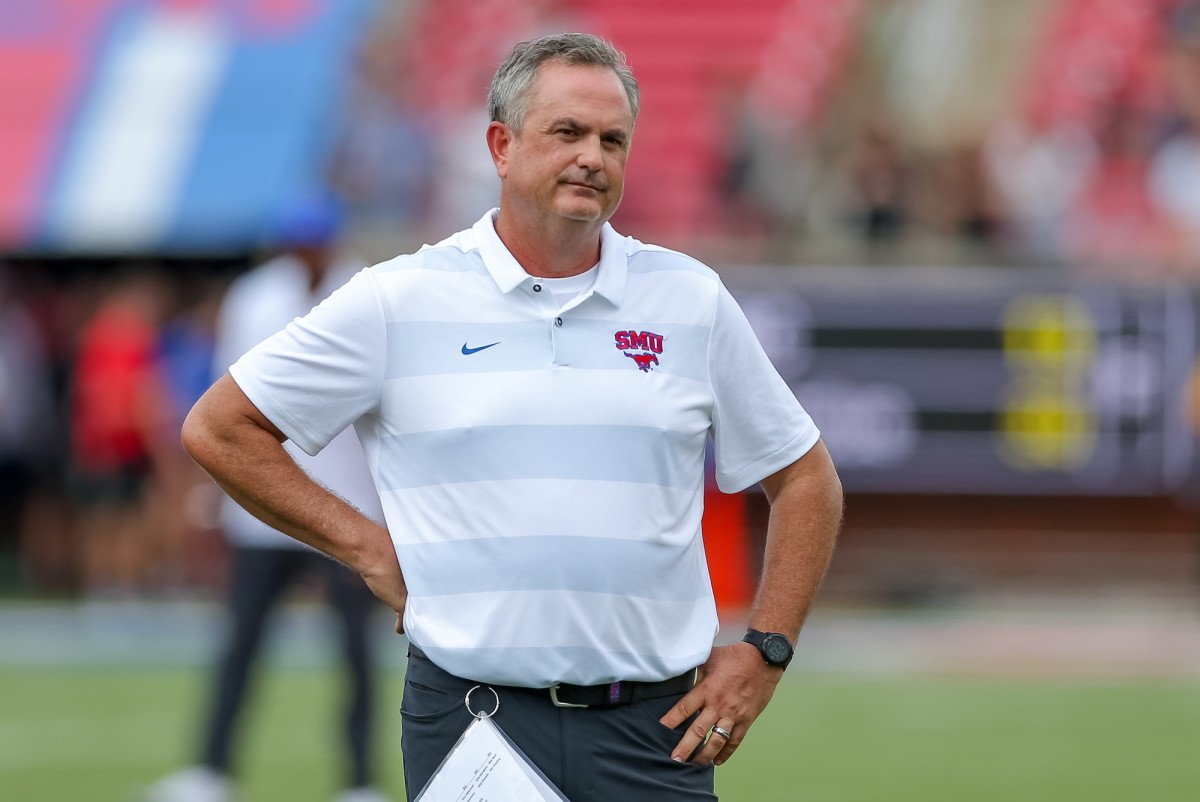
Josh Heupel, UCF Knights
Immediate reaction: Optimistic, with slight apprehension. Heupel’s offensive credentials were established, but he was a rookie head coach replacing a guy who became an overnight superstar in Frost after a 13–0 season. How it worked out: Heupel inherited gold-standard quarterback McKenzie Milton and went 12–1 in his first season, then 10–3, followed by 6–4 amid the pandemic. Declining returns but still successful. That was enough to get him the job at Tennessee following the Pruitt debacle. High point, as it were: UCF starting 12–0 and earning a Fiesta Bowl bid in Heupel’s first year. Aftermath: Heupel has succeeded at Tennessee while UCF is in transition in the Big 12 under Gus Malzahn.
Billy Napier, Louisiana Ragin’ Cajuns
Immediate reaction: Hiring someone from the Saban tree made perfect sense in the Sun Belt Conference. How it worked out: Splendidly. Napier went 40–12, 27–5 in the league, and the Ragin’ Cajuns cracked the Top 25 in his last two seasons. Of course, that made Napier too hot to keep; Florida hired him to replace the aforementioned Mullen. High point, as it were: Winning 13 in a row after an opening loss to Texas in 2021. Aftermath: Neither side is happy. The shine is off Napier at Florida, where he’s gone 11–14. Meanwhile, former assistant Michael Desormeaux has struggled replacing Napier, going 13–14.
Sean Lewis, Kent State Golden Flashes
Immediate reaction: The only ripple of reaction related to Lewis’s age. The 31-year-old became the youngest coach in FBS. How it worked out: Lewis proved his chops quickly, going 7–6 in his second season. He also took Kent State to the MAC championship game in 2021. But Lewis was in a no-win situation at an underfunded program and jumped to be Deion Sanders’s offensive coordinator with the Colorado Buffaloes last year. High point, as it were: Earning the first, and thus far only, bowl win in school history, in the ’19 Frisco Bowl. Aftermath: Lewis was strangely demoted during the season by Sanders, but landed on his feet by getting the San Diego State Aztecs head job. The Golden Flashes, meanwhile, went 1–11 in ’23.
